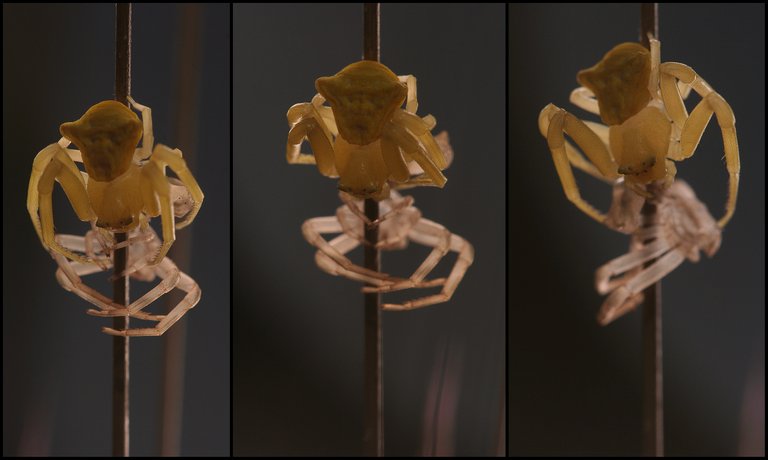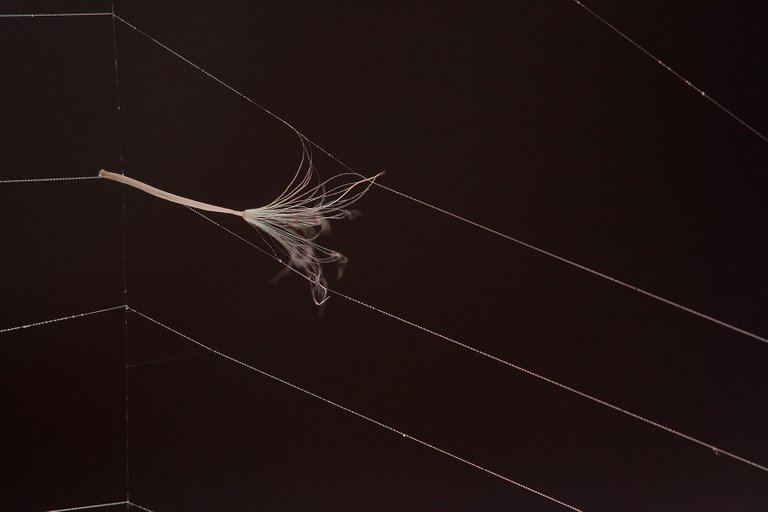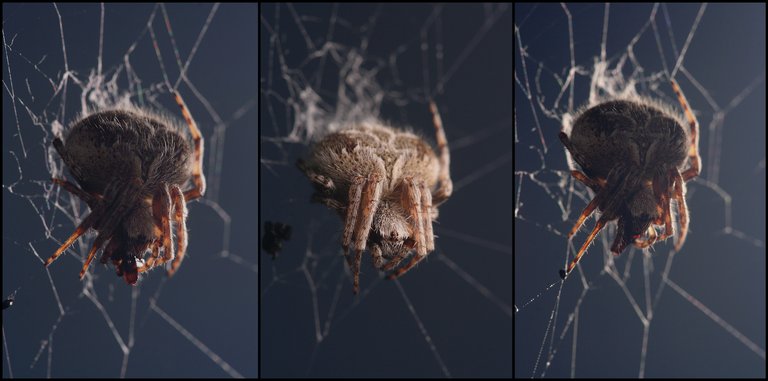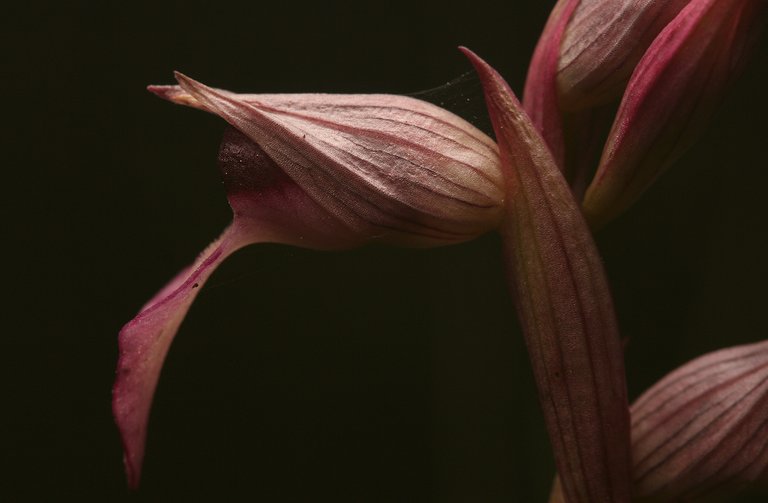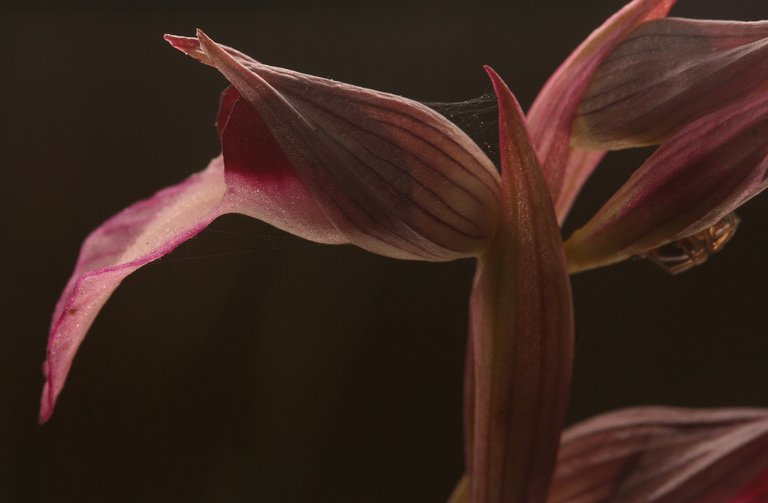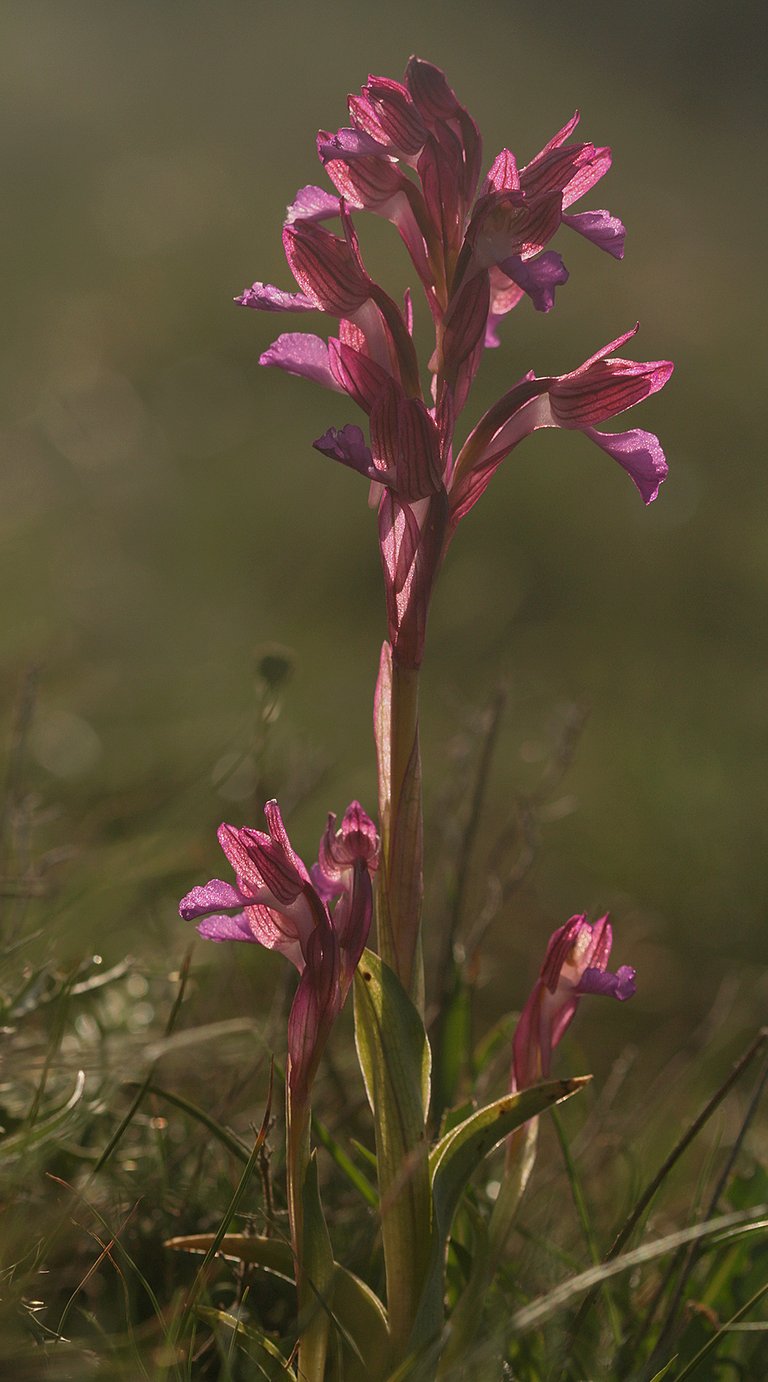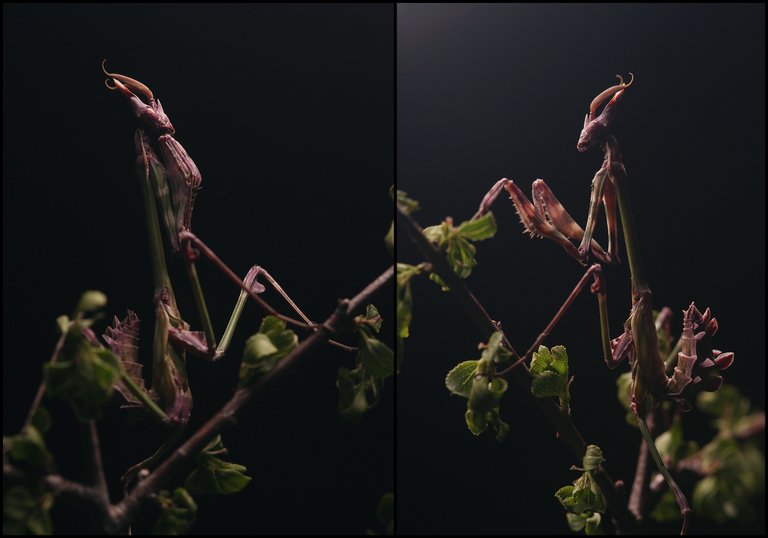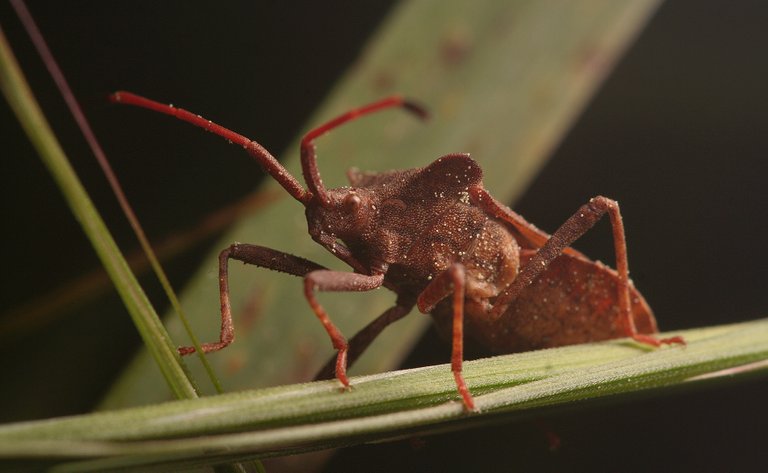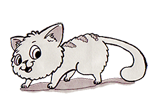In this post, you'll see a bunch of macro photographs taken on this date, the 9th of April, but thirteen years ago, in ancient times when I used different types of lenses and a different camera.
In this opening triptych, you can see a crab spider that just got out of its old exoskeleton. The name of the species is Thomisus onustus.
Here you can see a small, fluffy seed caught by the sticky thread of the cobweb. I don't know which spider built it, but the aforementioned Thomisus onustus can be easily excluded. Crab spiders are well-camouflaged ambush predators. They don't build webs.
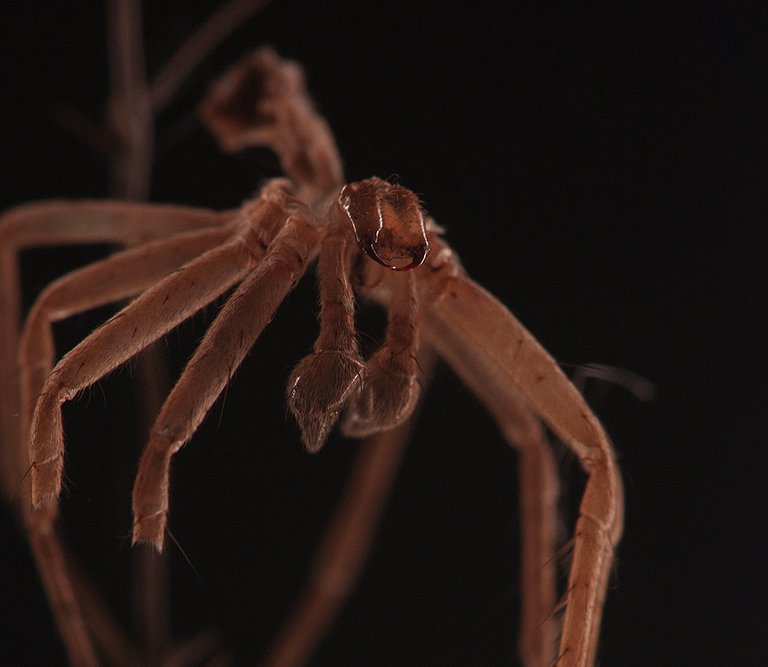
Here you can see the empty exoskeleton of another spider ...

... the Pisaura mirabilis. These spiders also hunt their prey without the web.
In these three photographs, you can take a good look at a spider that builds typical spiral wheel-shaped webs. This is the Agalenatea redii, a species from the Araneidae family.
Here you can see an orchid flower. This is the Tongue - Orchid (Serapias lingua). In the following shot ...
... you can see the same flower in a slightly different light.
This is the Anacamptis papilionacea, commonly known as the Pink Butterfly Orchid, and in the following photograph ...
... you can see a portrait of the Anacamptis morio flower. This orchid is commonly known as the Green-winged orchid.
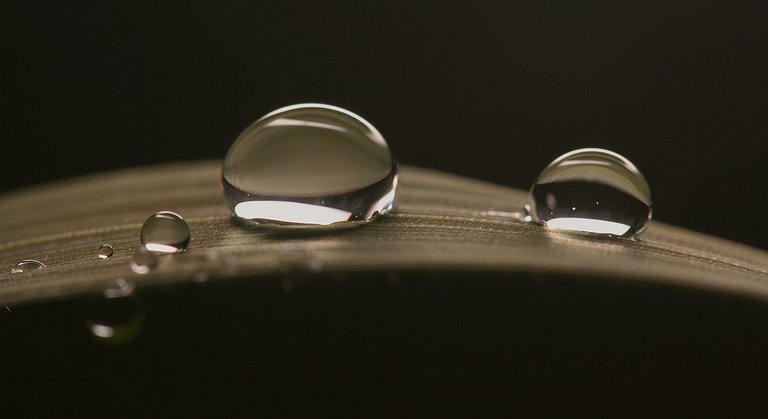
Here you can see a group of droplets, a sign that a short rain fell on that day.
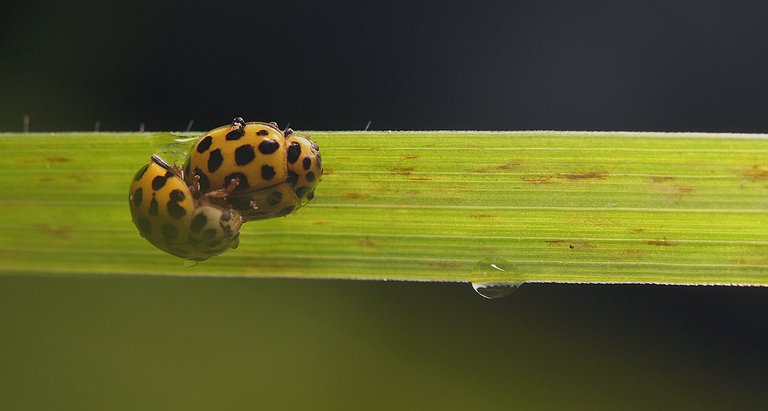
In this photograph, two minuscule Psyllobora vigintiduopunctata ladybeetles are mating on the blade of grass.
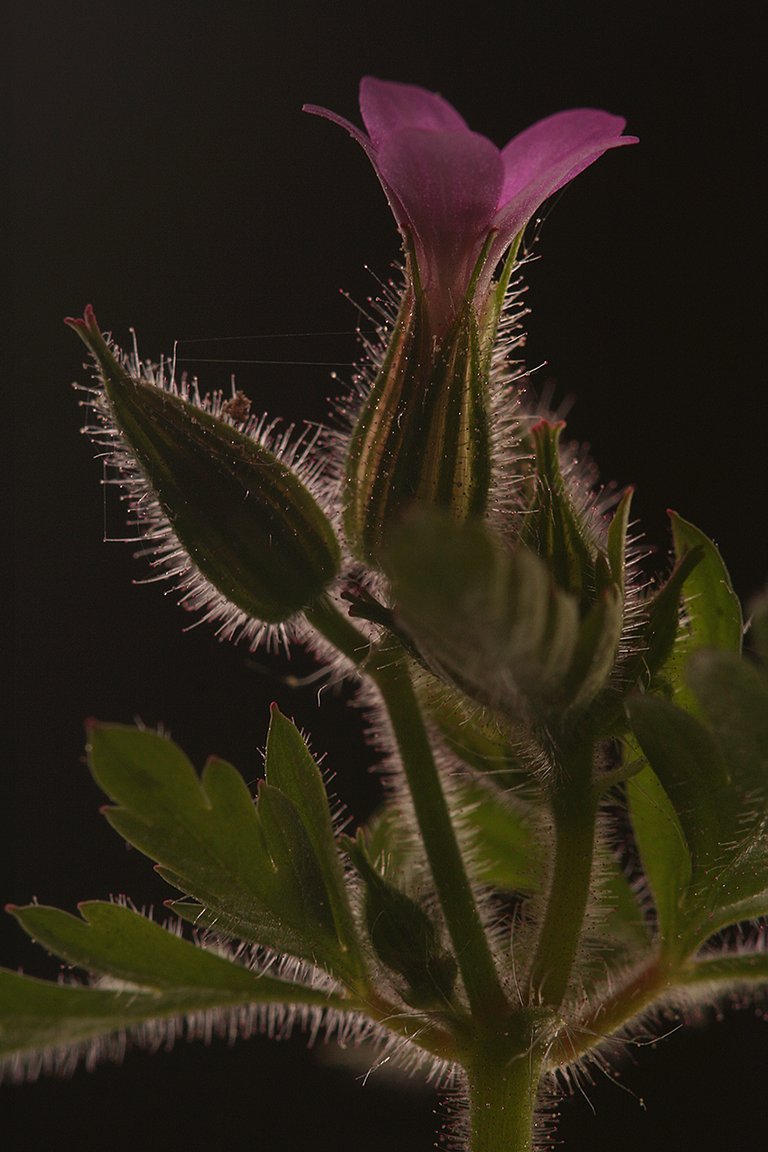
This is the flower of the Geranium purpureum plant.
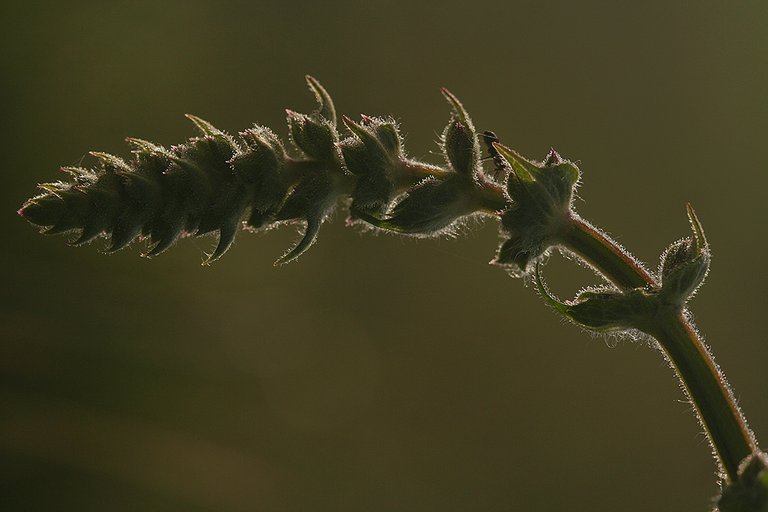
Here you can see the shoot of some herbaceous plant that I wasn't able to identify.
In these two photographs, you can see the interesting young nymph of the Empusa pennata mantis.
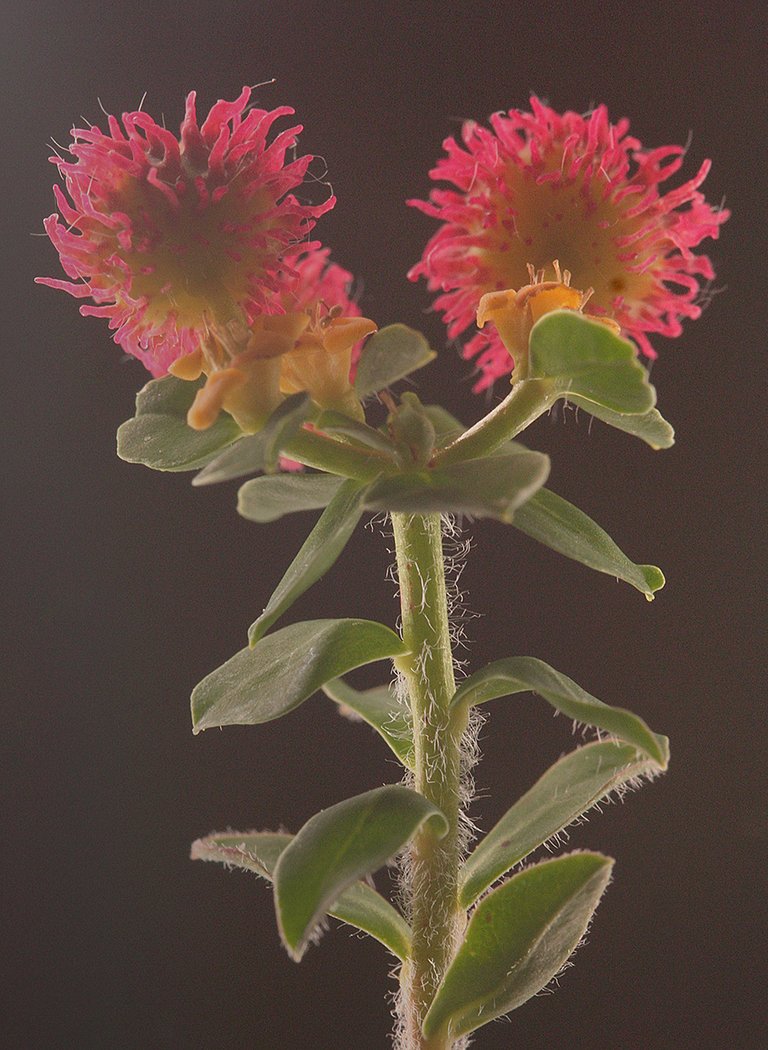
This is a detail of a Spurge plant (Euphorbia). I can't tell you the exact species, but it's Spurge, that's for sure.
In this last photograph, you can see the Coreus marginatus, a bug from the Coreidae family.
AND THAT'S IT. AS ALWAYS IN THESE POSTS ON HIVE, THE PHOTOGRAPHS ARE MY WORK - THE END.
